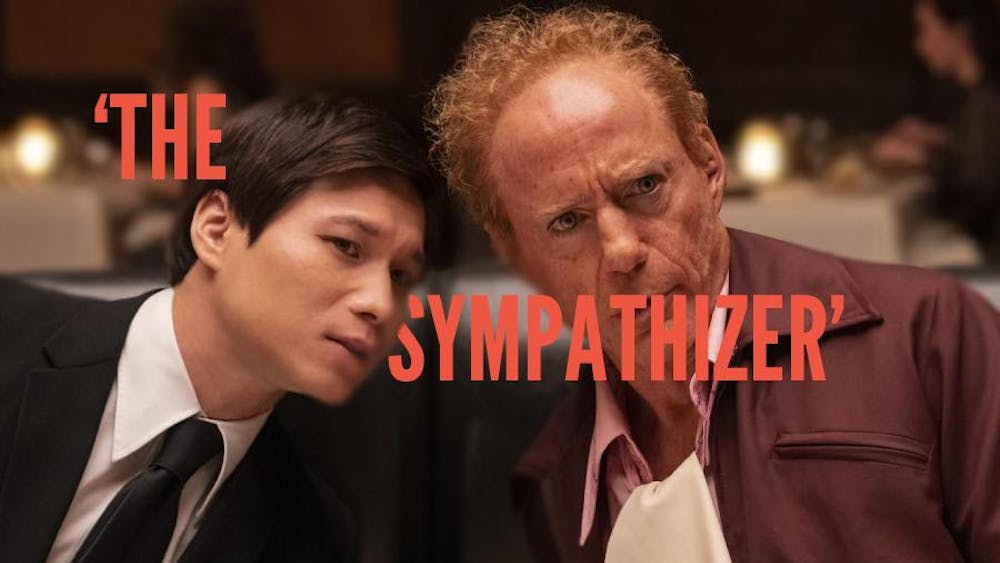
In 2011, the Foo Fighters released their magnum opus, “Wasting Light.” Every song on that album is a jam. For my money, it’s the best album to come out in the last 10 years (sorry Kung-Fu Kenny and Yeezy), a refreshing taste of actual rock album in the midst of the watered down alt-rock and pop movement. Dave Grohl stated that he wanted “Wasting Light” to be “the one album that kinda defines the band.” “Wasting Light” feels like Grohl finally embracing his Nirvana connection. He brought in Butch Vig, the producer of Nirvana’s “Nevermind,” to work on the album, had Krist Novoselic — former bassist of Nirvana — play on one of the tracks, and even partially dedicated a song to Kurt Cobain. It seemed that, by embracing the Nirvana connection, the Foo Fighters were able to find their sound. Grohl’s decision to record the album on tape — no computers allowed — also contributed to its unique sound. The album sounds like it could have been recorded in a garage. As guitarist Chris Shiflett said, “Rock ’n roll is about flaws and imperfections.” “Wasting Light,” then, in all its perfect imperfection, is very rock ’n roll.
After “Wasting Light,” the band embarked on a bit of a journey for their 2014 album, “Sonic Highways.” Grohl and the boys decided to make an album that paid homage to the diverse music stylings around the country. The idea was simple enough: Record eight songs in eight different cities, with each song reflecting the spirit of the location which it was recorded. The Foo Fighters approached this album academically. Their process went as follows: Talk to musicians who were vital to the sound of the city, meticulously study them to understand why they sound the way they do and incorporate those studies into the Foo Fighter sound. You can really hear the inspiration of each city in the songs whether it be Chicago blues, New Orleans brass, Southern gospel, or D.C. punk. The album, while an ultimately rewarding culmination's of the band's efforts, suffers form a lack of originality.
“Wasting Light” is an exercise in rawness, “Sonic Highways” an extended derivative and this year’s “Concrete and Gold” something entirely new. Grohl, never one to fear change, decided that he wanted Greg Kurstin — a pop producer who's worked with Adele, Sia, and Ellie Goulding — to produce the album. Grohl hoped that Kurstin could bring another, more theatrical layer to its sound. The Foo Fighters said it hoped to create a space where “hard rock extremes and pop sensibilities collide,” something like “Motorhead’s version of Sgt. Pepper” or “Slayer making Pet Sounds.” Kurstin helped develop a sound that, at moments, is large, layered and theatrical, with layers and layers of vocals and guitars,while so stripped down and intimate at other moments. This departs from the unrefined sound of “Wasting Light.” It’s a sound that longs to be performed in front of thousands.
“Concrete and Gold” merges the uniqueness of “Wasting Light” with the influence-laden “Sonic Highways.” At times, the album feels like later Beatle works with its wondrous harmonies and George Harrison-like guitar work. It also incorporate the spacious, acid-laced sounds of Pink Floyd, all the while paying respects to early pioneers of hard rock like Led Zeppelin and Black Sabbath.
“Concrete and Gold” shows why the Foo Fighters have been a successful band for 23 years and one of the last stalwarts of hard rock: They are not afraid to take risks.
God bless ’em and long live rock.
Artist: Foo Fighters
Album: “Concrete and Gold”
Label: RCA
Favorite Track: “The Sky is a Neighborhood”
If you like: Led Zeppelin, Black Sabbath, Pearl Jam
Shamrocks: 3.5 out of 5













